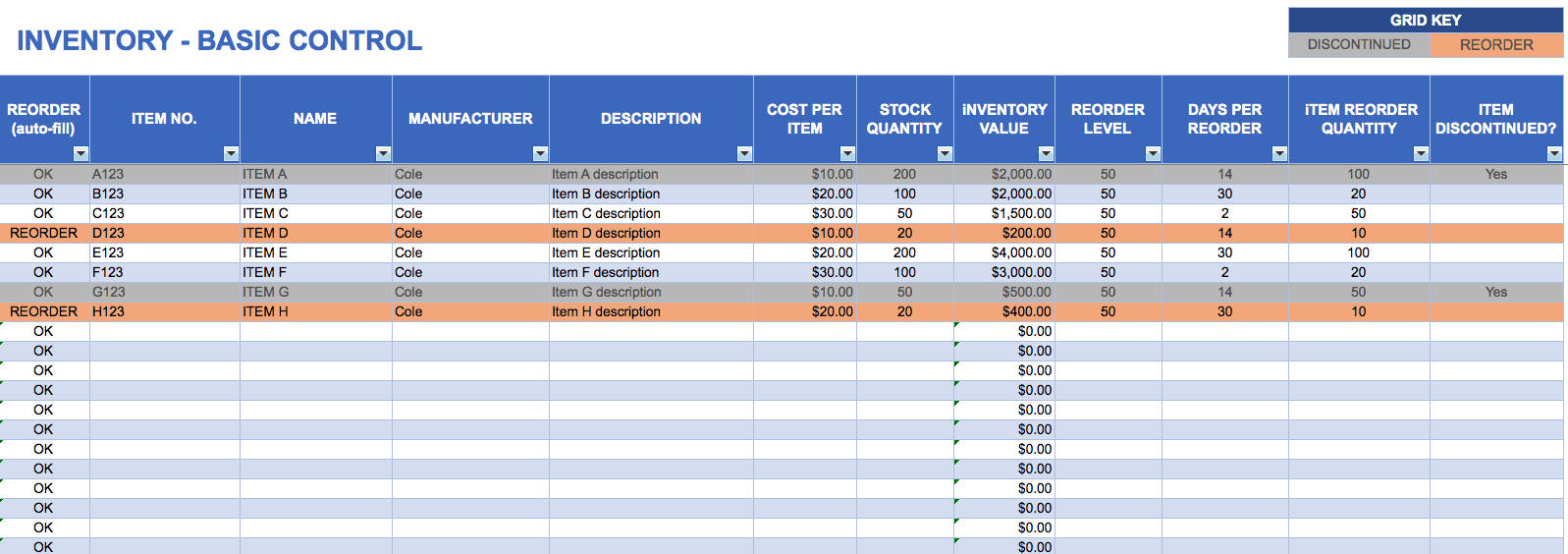

There’s no way for us to compile a list that captures every one of Excel’s possible applications (even if you were up for reading a War and Peace-sized listicle). In fact, the potential uses are seemingly endless. As Tomasz Tunguz points out, there are tons of uses of Excel in business (and beyond) outside of simple spreadsheets.

It’s true-with more than one billion Microsoft Office users globally, Excel has become the professional standard in offices across the globe for pretty much anything that requires management of large amounts of data.īut, if you think Excel is only good for making you cross-eyed while looking at a bunch of numbers and financial reports, think again. Chances are, that word alone inspires visions of lengthy spreadsheets, complicated macros, and the occasional pivot table or bar graph. To set a currency symbol of None, or to set other currencies, use the Format Cells dialog box.Excel. Remember, using these buttons will automatically apply the Accounting number format, if it's not already applied. There are shortcuts on the ribbon for several common currency symbols, and we can use these shortcuts for the British Pound and Euro. When it comes to setting the currency symbol for the Accounting format, we have some new options. Like Number and Currency formats, we can also adjust decimal places up and down on the ribbon.īecause parentheses are automatic for negative numbers, there are no options to set in column E. The Accounting format places parentheses around all negative numbers by default.

Unlike Currency, there are no options for negative numbers. Like the Currency format, the Accounting format provides options for decimal places and a currency symbol, and it automatically uses a comma to separate thousandths. Now let's select cells in column D and check the options available for Accounting in the Format Cells dialog box. The easiest way to apply Accounting is to use the Number Format menu on the ribbon. Then let's apply Accounting format to the columns C through H. Let's start off by copying a set of numbers in General format across our table. The main difference between Currency and Accounting formats is that Accounting aligns currency symbols to the left in each cell, and displays zero values with a hyphen. Like the Currency format, the Accounting number format is designed for numbers with currency symbols. In this lesson we'll take a look at the Accounting format.


 0 kommentar(er)
0 kommentar(er)
